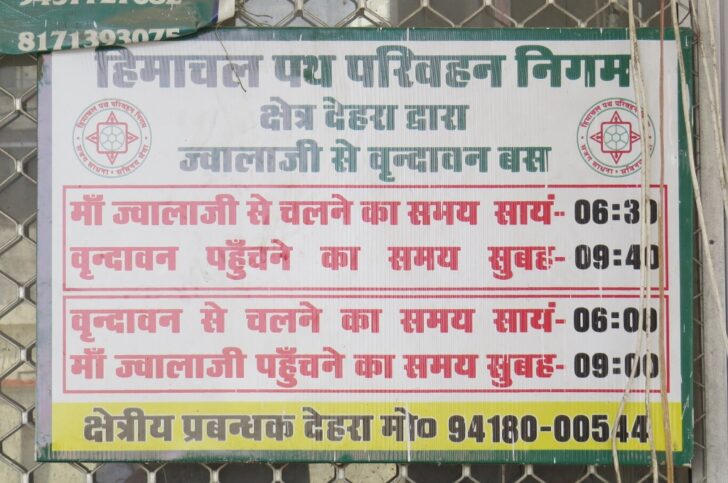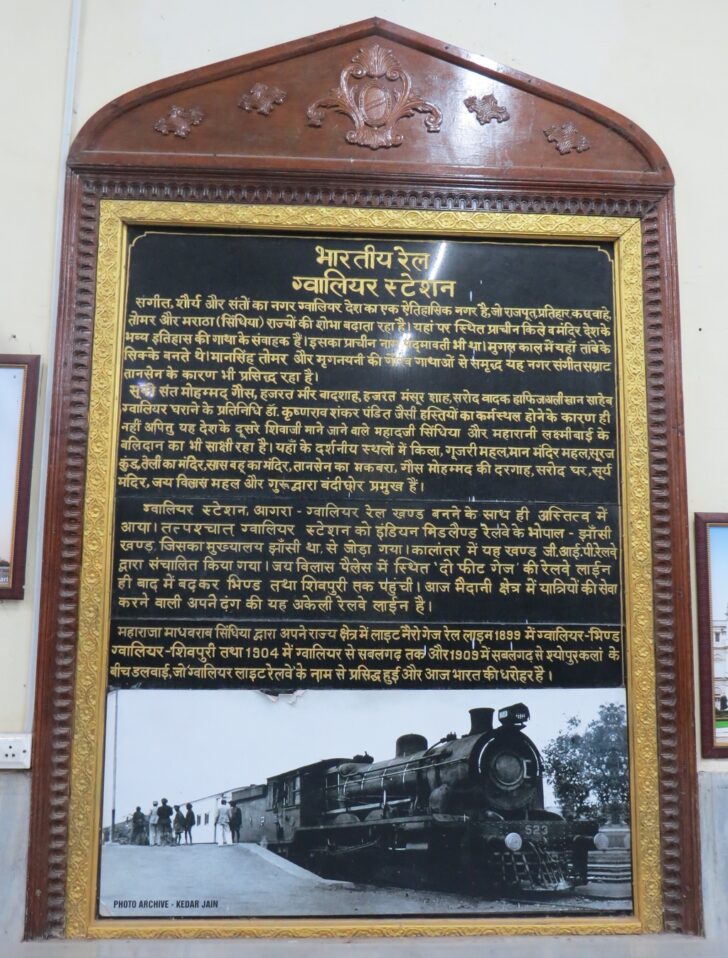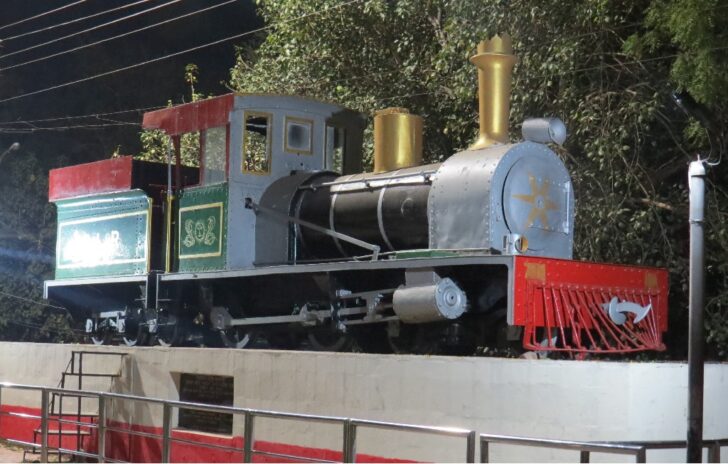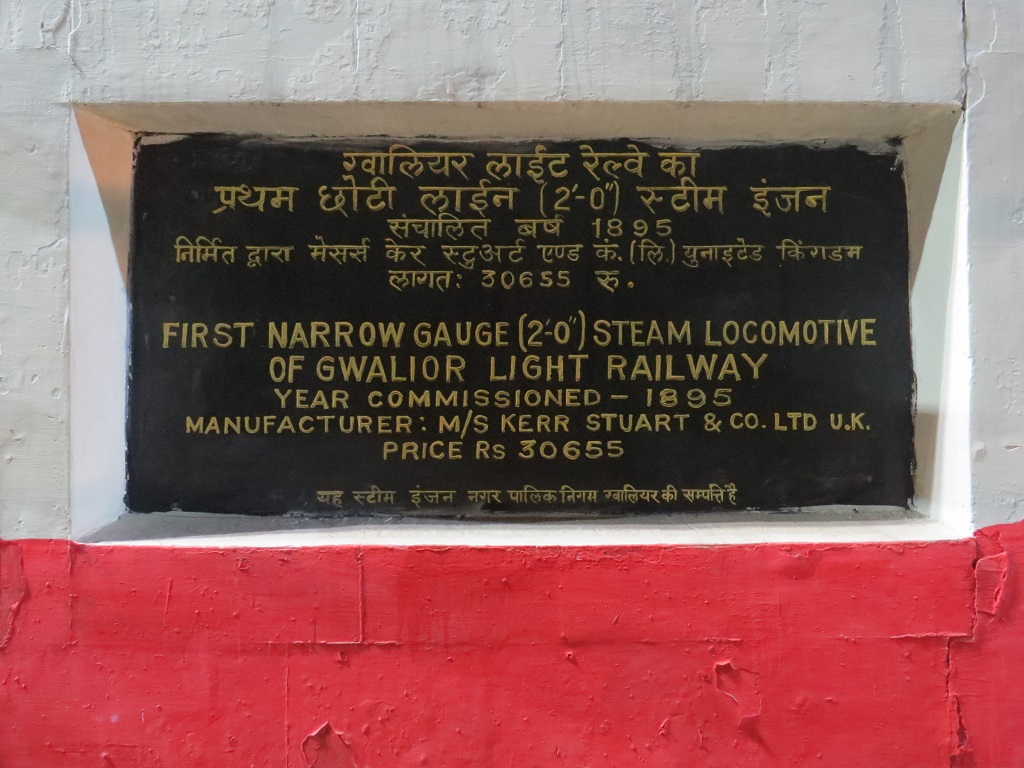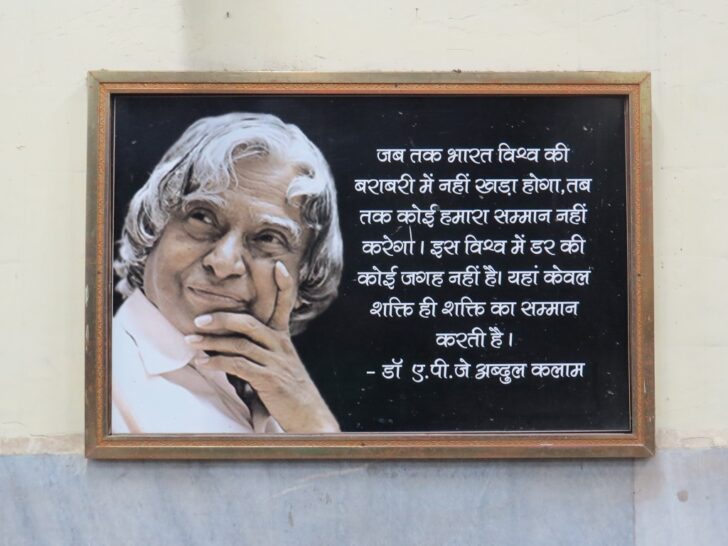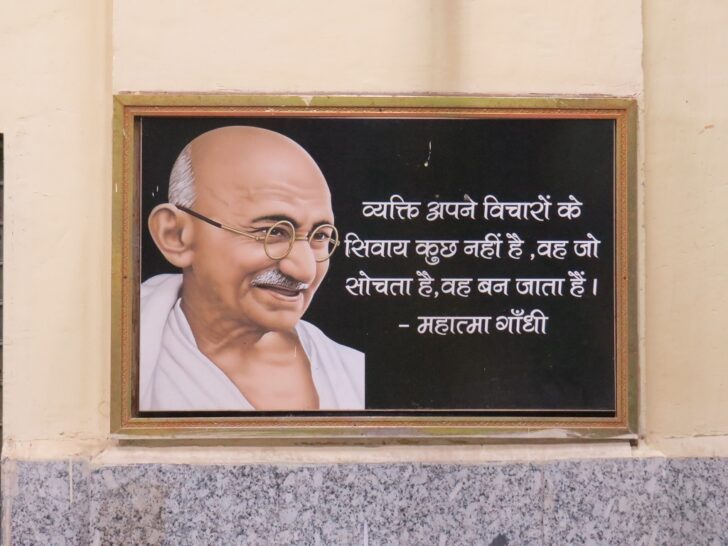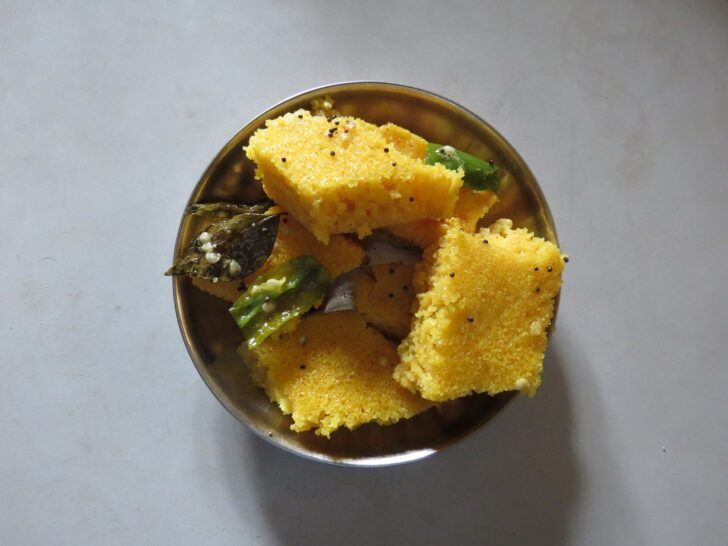Gwalior, the city of music, bravery, and saints, is a historical city of the country, which has been glorifying the Rajput, Pratihar, Kachwahe, Tomar, and Maratha (Scindia) states. The ancient fort and temple located here are the conductor of the saga of the grand history of the country. Its ancient name was also Padmavati. Copper coins were made here during the Mughal period. Enriched with the sagas of Man Singh Tomar and Mrignayani, this city has also been famous because of the music of emperor Tansen.
Not only because of being the workplace of personalities like Sufi Sant Mohammad Ghaus, Hazrat Mir Badshah, Hazrat Mansoor Shah, sarod maestro Hafiz Ali Khan Saheb, Gwalior Gharana representative Dr. Krishnarao Shankar Pandit, but also Mahadaji Scindia, who is considered the second Shivaji of the country, and has also been a witness to the sacrifice of Maharani Lakshmi Bai. The fort, Gujari Mahal, Man Mandir Mahal, Suraj Kund, Teli Ka Mandir, Saas Bahu Ka Mandir, Tansen’s Tomb, Ghaus Mohammad’s Dargah, Sarod Ghar, Surya Mandir, Jai Vilas Mahal, Gurudwara Bandi Chor are the places of interest here.
The Gwalior Station came into existence with the formation of the Agra-Gwalior rail section. After that Gwalior Station was transferred to the Bhopal–Jhansi section of the Indian Midland Railway whose headquarters was in Jhansi. Later this section was operated by G.I.P. Railways. The ‘two feet gauge’ railway line located in Jai Vilas Palace later extended to Bhind and Shivpuri. Today it is the only railway line of its kind serving passengers in the plains.
Maharaja Madho Rao Scindia laid a light narrow gauge rail line in his territory in 1899 between Gwalior-Bhind, Gwalior-Shivpuri, and in 1904 from Gwalior to Sabalgarh and in 1909 from Sabalgarh to Sheopur Kalan, which became famous as Gwalior Light Railway and today India’s heritage.
Like this:
Like Loading...
